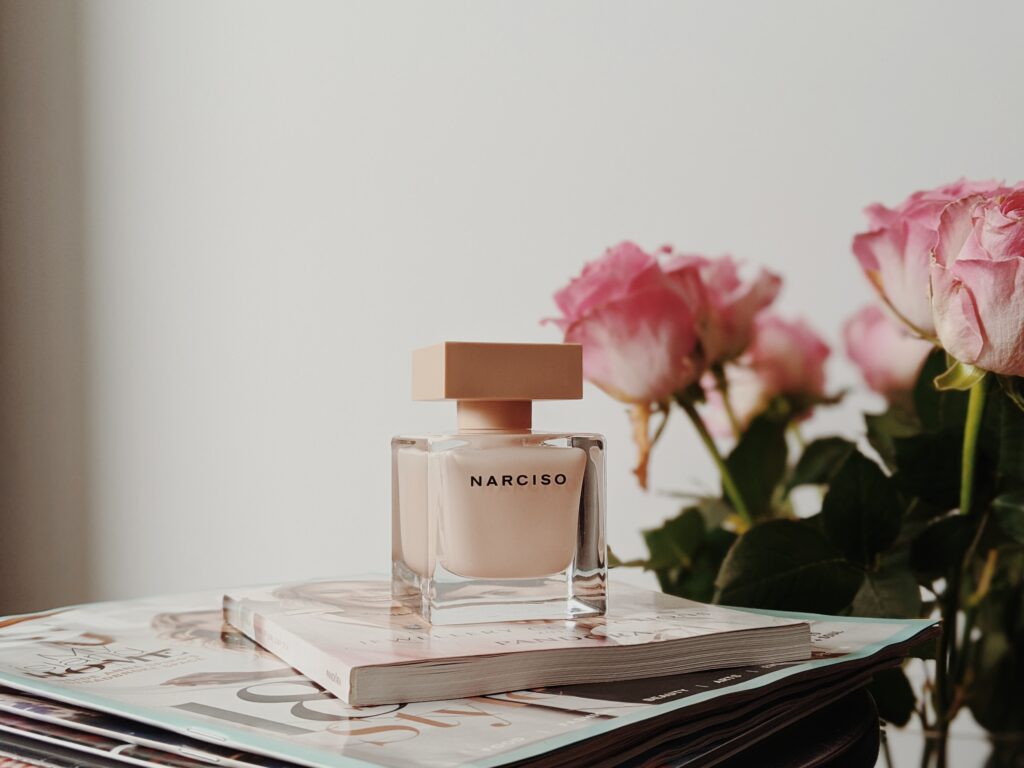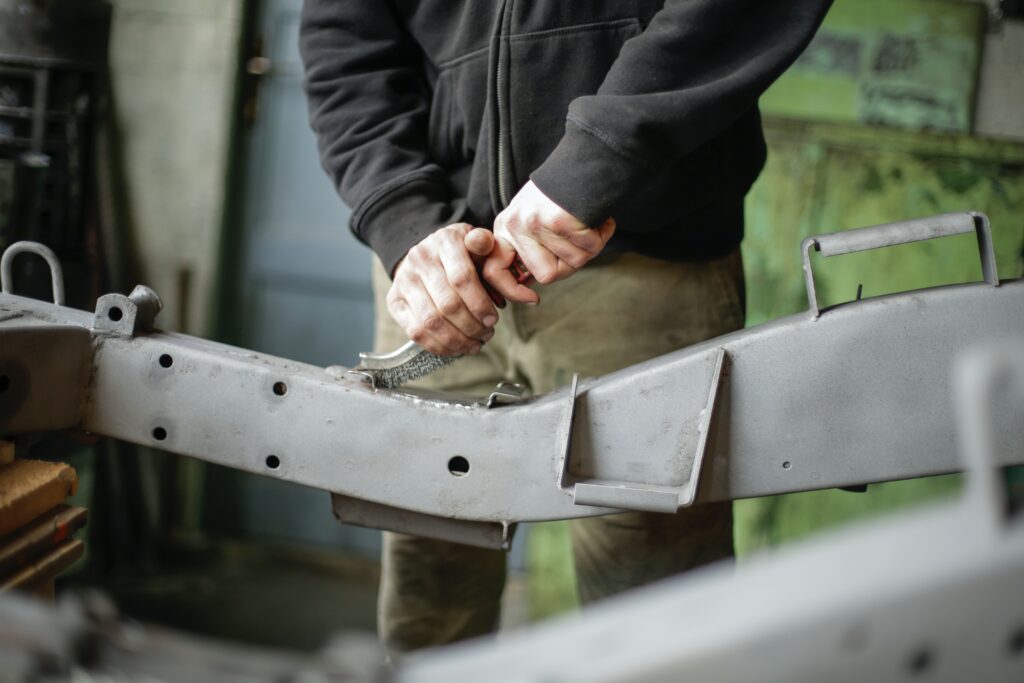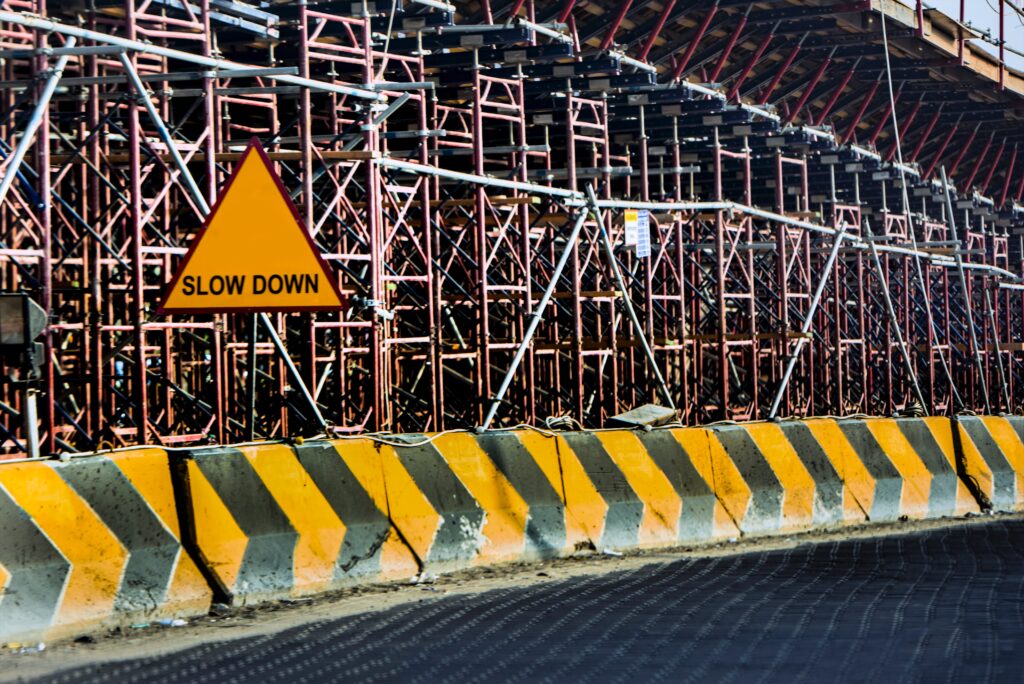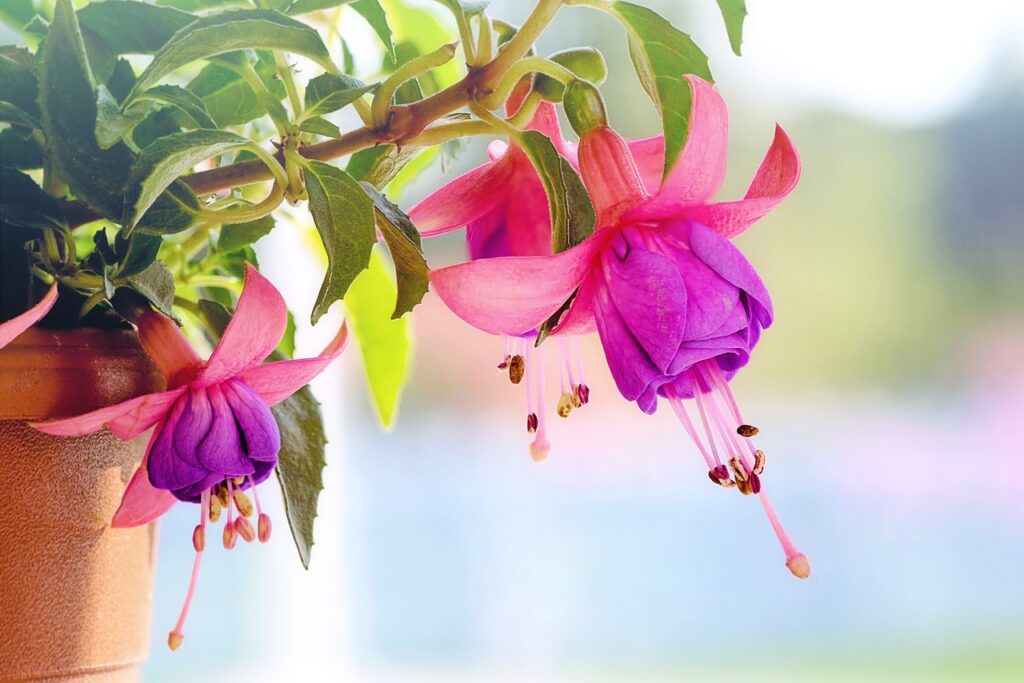To Share is to Show You Care!
In the realm of gardening, the battle against invasive plants can be a never-ending struggle. These unwelcome intruders disrupt the serenity of your garden and steal resources from your cherished plants. In this blog post, we’ll explore the best strategies for banishing invasive plants in 2023 and transforming your garden into a tranquil oasis where you can find your emotional escape.
1. The Impact of Invasive Plants

1.1 Resource Drain

Invasive plants are like garden freeloaders. They often grow aggressively, absorbing nutrients, water, and sunlight meant for your desirable plants. This resource competition can lead to stunted growth, weaker plants, and a less vibrant garden overall.
1.2 Biodiversity Threat
Invasive plants can outcompete native species for resources, posing a threat to biodiversity. When they dominate your garden, they can disrupt the delicate balance of local ecosystems, potentially reducing the variety of plants and wildlife in your garden.

1.3 Aesthetic Disruption

Invasive plants can quickly take over your garden, altering its natural beauty and disrupting your landscaping efforts. They can create an unkempt and chaotic appearance that’s far from the tranquil oasis you desire.
1.4 Maintenance Nightmare
Dealing with invasive plants can be a never-ending battle. They often return even after removal, requiring constant attention and maintenance. This can become a frustrating and time-consuming task that takes away from the joy of gardening.

2. The Best Strategies for Banishing Invasive Plants

2.1 Identify the Invaders

Start by identifying the invasive species present in your garden. Knowledge is your most potent weapon. You can use field guides or seek advice from local gardening experts or cooperative extension services.
2.2 Manual Removal
For small-scale infestations, manual removal is effective. This involves physically pulling, digging, or cutting the invasive plants down to their roots. Be thorough, as leaving even a small part behind can lead to regrowth.

2.3 Chemical Control

When manual methods aren’t enough, herbicides can be useful. However, be cautious when using chemicals, as they can harm non-target plants and wildlife. Always choose herbicides approved for your specific situation and follow the application instructions carefully.
2.4 Natural Predators
Some invasive plants have natural predators, such as insects or animals that feed on them. Research whether introducing these biological controls is a viable option for your garden.

2.5 Barriers and Mulch

To prevent the reestablishment of invasive plants, you can use physical barriers like plastic or landscape fabric to block their growth. Mulch also helps by depriving them of sunlight. Combine this with regular weeding to keep the garden invasive-free.
3. Emotional Benefits of a Transformed Garden
3.1 Stress Reduction
A garden free of invasive plants provides a serene environment, reducing stress and promoting relaxation. It’s a space where you can escape from the hustle and bustle of daily life.
3.2 Aesthetic Satisfaction
An aesthetically pleasing garden with flourishing plants brings a sense of joy and satisfaction. It’s a place to take pride in, and the visual appeal can positively affect your emotional well-being.
3.3 Connection with Nature
A transformed garden featuring native and desirable plants invites nature to your doorstep. You’ll observe a variety of wildlife, from birds to butterflies, and this connection with nature can be a profound source of emotional satisfaction.
Conclusion
In 2023, the battle against invasive plants in your garden can yield more than just a visually appealing landscape. It’s about reclaiming your emotional escape, reducing stress, and connecting with nature. By applying the best strategies for banishing invasive plants, you can create a tranquil and emotionally satisfying outdoor space that provides joy and peace throughout the year. Your garden should be a place where you can find solace and delight, free from the disruptions of invasive plants.
Frequently Asked Questions
Q1: How do you get rid of invasive plants naturally?
A: Invasive plants can be removed naturally through methods like hand-pulling, mulching, and introducing natural predators or competitors. You can also use herbicidal vinegar or apply a layer of cardboard or newspaper to smother them.
Q2: How do I get rid of unwanted plants in my garden?
A: To remove unwanted plants in your garden, you can use manual methods like hand-pulling or digging, chemical solutions like herbicides, or employ physical barriers like mulch or landscape fabric to prevent their growth.
Q3: What is the best way to get rid of invasive species?
A: The best way to get rid of invasive species depends on the specific plant. Generally, a combination of manual removal, herbicidal treatment, and prevention measures like mulch or barriers is effective. Consult local experts or extension services for tailored advice.
Q4: How do you get rid of plants that spread?
A: To control plants that spread aggressively, regular monitoring and removal are crucial. You can use manual methods like cutting, digging, or pulling, and for some species, consider applying herbicides or introducing natural predators.
Q5: What are the 3 ways to control invasive species?
A: The three main ways to control invasive species are prevention, which involves avoiding their introduction, early detection and rapid response, and management through methods like manual removal, chemical treatments, and biological controls.
Q6: What kills the growth of unwanted plants?
A: Unwanted plant growth can be killed or controlled through various methods, including herbicides, physical removal, smothering with mulch or barriers, or introducing natural predators or competitors.
Q7: Is it OK to throw away plants?
A: Throwing away plants can be acceptable, but it’s important to dispose of them responsibly. Avoid composting invasive plants to prevent their spread. Contact your local waste management or recycling center for guidance on proper disposal methods.
Q8: How do I permanently remove bushes?
A: To permanently remove bushes, you’ll need to dig up their root systems or use an herbicide designed for woody plants. Ensure you remove the roots to prevent regrowth, and follow safety guidelines when using chemicals.
Q9: What is the best time to remove these plants?
A: The best time to remove unwanted or invasive plants varies by species and climate. In general, it’s often most effective in the spring or early fall when plants are actively growing. Consult local gardening resources for specific recommendations.
Q10: How do you stop invasive species from spreading?
A: To stop invasive species from spreading, focus on early detection and rapid response, implementing control measures promptly. Prevent their introduction by avoiding the use of invasive species in your garden and monitoring for any signs of their presence.
Q11: What makes an invasive species hard to eradicate?
A: Invasive species are challenging to eradicate due to their ability to reproduce quickly, adapt to various environmental conditions, and outcompete native plants. Their resilience and rapid spread make them difficult to control.
Q12: How can you get rid of the spread of invasive species?
A: You can get rid of the spread of invasive species by implementing control measures such as manual removal, herbicidal treatments, and prevention efforts. Consistent monitoring and early action are key to preventing their expansion.
Q13: How do I get rid of invasive weeds in my flower beds?
A: To get rid of invasive weeds in flower beds, use manual removal techniques like hand-pulling, ensure thorough root extraction, and maintain regular weeding practices. Herbicides can also be effective when used carefully.
Q14: What is the fastest-growing, most invasive plant?
A: The fastest-growing, most invasive plant can vary by region, but examples include kudzu, Japanese knotweed, and certain species of bamboo. These plants are known for their rapid growth and aggressive spread.
Q15: How do you permanently stop plant growth?
A: Permanently stopping plant growth can be challenging. The most effective approach is typically to remove plants entirely, including their roots, and use herbicides specifically designed to prevent regrowth. Continuous monitoring and maintenance are also essential.
The Informed Minds
I'm Vijay Kumar, a consultant with 20+ years of experience specializing in Home, Lifestyle, and Technology. From DIY and Home Improvement to Interior Design and Personal Finance, I've worked with diverse clients, offering tailored solutions to their needs. Through this blog, I share my expertise, providing valuable insights and practical advice for free. Together, let's make our homes better and embrace the latest in lifestyle and technology for a brighter future.

